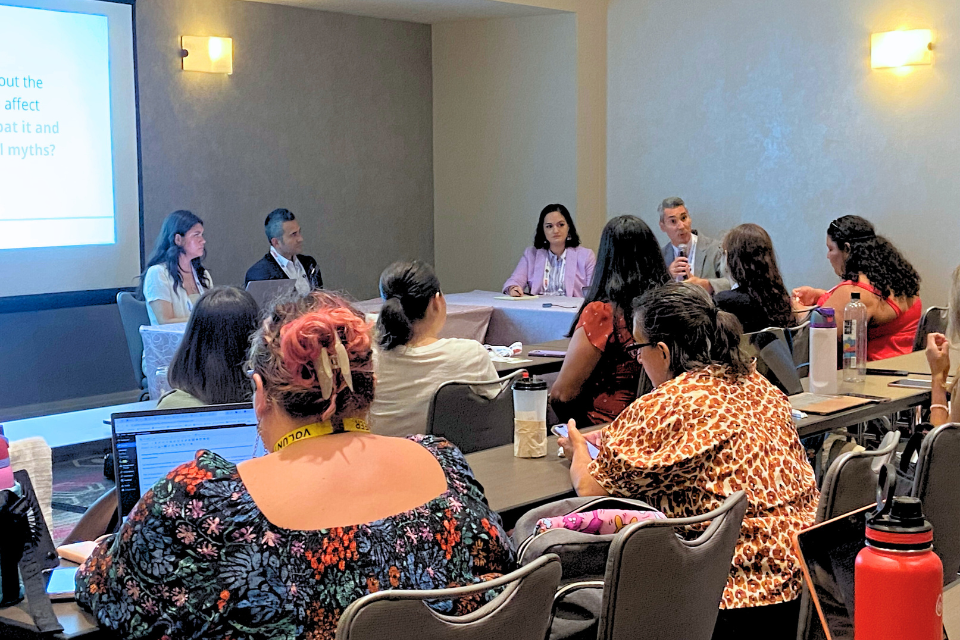Connecticut’s Latino and Black workers have not experienced an economic recovery. Between 2006 and 2011, the unemployment rates for Black and Latino workers rose every single year, reaching 17.3 percent for Blacks and 17.8 percent for Hispanics, in 2011.
In contrast, the white unemployment rate fell in 2011, to 7.1 percent, according to a report by CT Voices for Children. The wages of Black and Latino workers in Connecticut were also lower in 2011 than those of whites; the median hourly wage for Blacks was 72 percent of White wages, and Latino wages were at 59 percent. CT Voices described the economic prospects for Hispanic workers in the state as particularly troubling, given that they are the fastest growing ethnic group in the state.
“The recession and recovery have worsened opportunity gaps and set us on an economically devastating course,” said Orlando Rodriguez, Senior Policy Fellow at Connecticut Voices and co-author of the report. “We can no longer afford to delay action.”
Among the key findings of the report, which looked at wage, unemployment, and job sector trends over the course of the recession and recovery, from 2006 to 2011:
- The gap between Connecticut’s wealthy residents and everyone else has continued to widen. Connecticut’s median wage grew by only 2.4 percent (after adjusting for inflation) over the period from 2006 to 2011.
- A select group of workers did enjoy sizable wage growth – for those workers earning wages above the 90th percentile, wages grew by 11 percent over this period.
- In contrast, those Connecticut workers with wages below the 10th percentile saw their wages fall slightly by 0.2 percent.
Connecticut’s higher paying manufacturing jobs are disappearing and being replaced by lower paying jobs in healthcare, hotels, and restaurants. The manufacturing sector lost 14 percent of its jobs between 2006 and 2011.
The only major Connecticut industries to add jobs were healthcare and social assistance, which grew by 11 percent, and accommodation and food services, which grew by 4 percent.
In 2011, workers in healthcare and social assistance earned only 78 percent of the statewide average weekly wage, and workers in accommodation and food service earned only 30 percent.
While manufacturing employs primarily men, Healthcare and Social Assistance employ primarily women. Therefore, Connecticut’s economy is also becoming increasingly dependent on female labor, even as the median hour wage for women in Connecticut was only 81 percent of men’s in 2011. Taken together, this suggests that Connecticut’s workers are becoming increasingly employed in sectors with lower pay.
To begin to reverse these trends and broaden economic opportunities, Connecticut Voices urged the Governor and state legislators to focus on:
- Strengthening the state’s education system from pre-k through college.
- Investing in initiatives that broaden career opportunities, raise wages, such as raising the minimum wage and investing in job training in growth industries.
“We must commit to the challenging work of investing in future generations,” said Kenny Feder, co-author and Policy Fellow at Connecticut Voices. “Only with strong commitments to our youth, our middle class, and our future can we ensure Connecticut’s future generations will prosper.”



